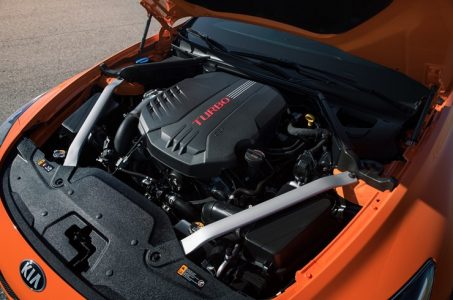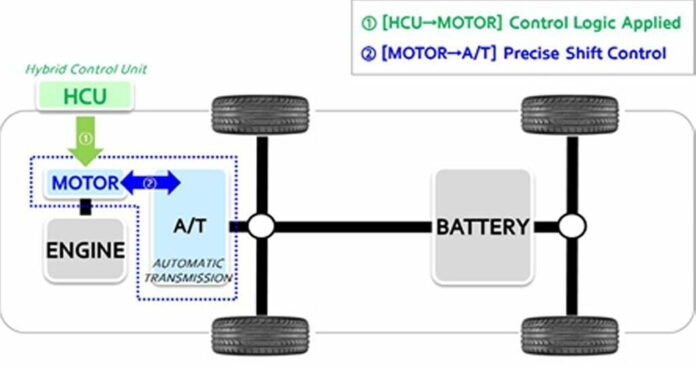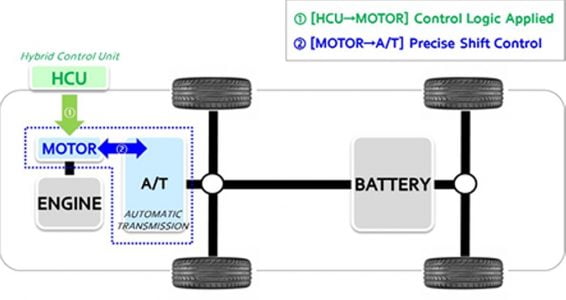Hyundai and Kia Innovate Active Shift Control aims to increase fuel economy and efficiency throughout the cycle of gear shifts
Hyundai Motor Group has developed the world’s first Active Shift Control (ASC) transmission technology. The innovation optimizes transmission efficiency by monitoring gear shifts 500 times per second, precisely adjusting the transmission rotation speed for faster shift times. The new technology will premiere in the upcoming Hyundai and Kia hybrids.
ASC applies new control logic software to the Hybrid Control Unit (HCU), which then controls the electric motor to align the rotational speeds of the engine and transmission to reduce gear shift time by 30%. The technology also delivers smoother gear changes despite quicker shift times.
“The development of world’s first ASC technology is a remarkable innovation which incorporates precise motor control to automatic transmission,” said KyoungJoon Chang, Vice President and Head of Powertrain Control System Group of Hyundai Motor Group, “It will not only save fuel but also provide a more fun driving experience for our customers.”

Innovation: Independently Developed Control Logic Software Applied to the Electric Motor. Conventional hybrid vehicles do not have torque converters in order to further improve fuel economy as torque converters lose energy during the process of transmission. Although fuel efficient, such a system also requires longer shift times to ensure smoother gear changes.
ASC technology allows the hybrid’s electric motor to also take control of gear shifts by applying new software logic to the Hybrid Control Unit (HCU) to mitigate issues with slower shift time. The HCU monitors the rotational speed of transmission with a sensor installed inside the electric motor at 500 times per second to quickly synchronize the rotational speed with that of engine.
With the synchronization, shift time is reduced by 30% from 500ms to 350ms. This not only improves hybrid vehicle’s acceleration performance and fuel economy, but also durability of the transmission by minimizing friction during gear shift.



